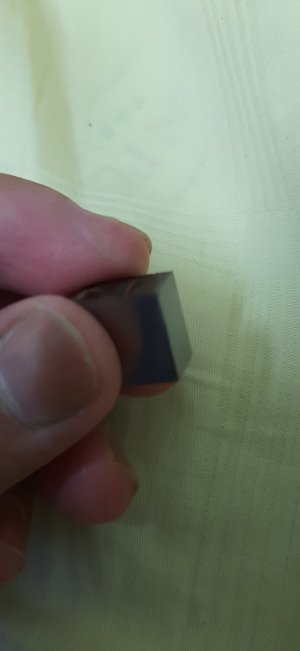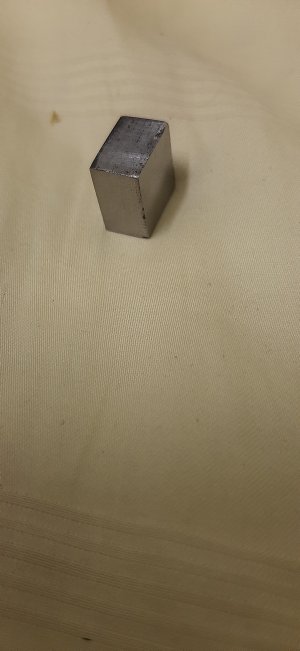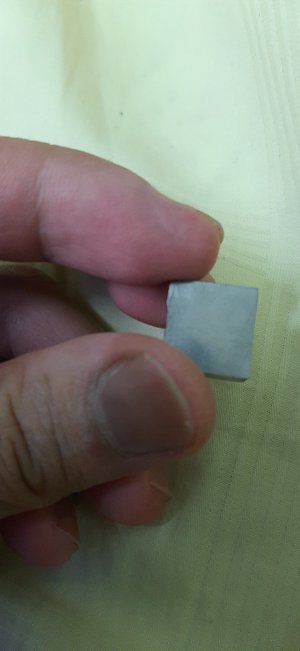- Joined
- Sep 2, 2013
- Messages
- 5,100
Pick up a pair of corduroy pants at a used clothing store.
And if you can find and old pair of elephant bells, you will never run out of material. For you young whipper snappers, that was a fashion statement from the late 60,s early 70's. Mike




